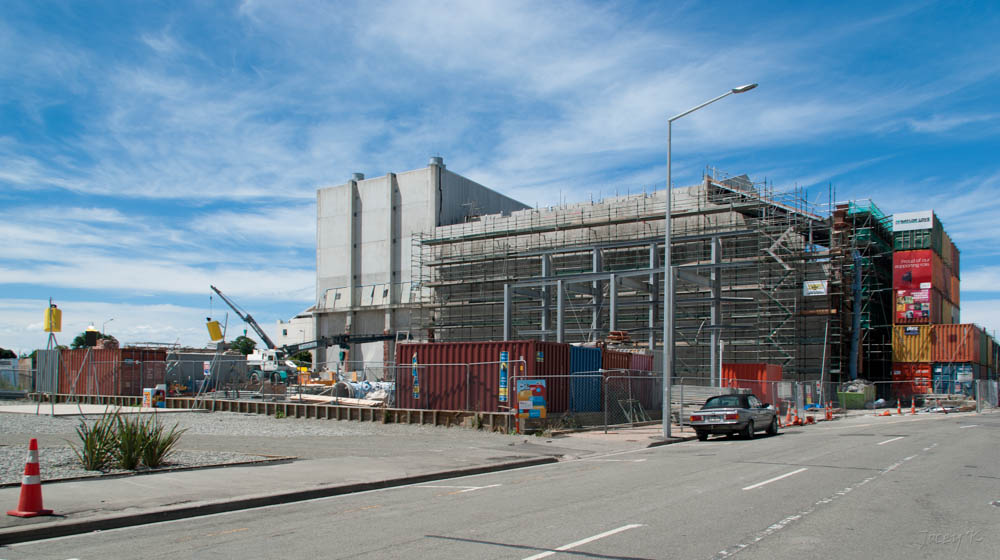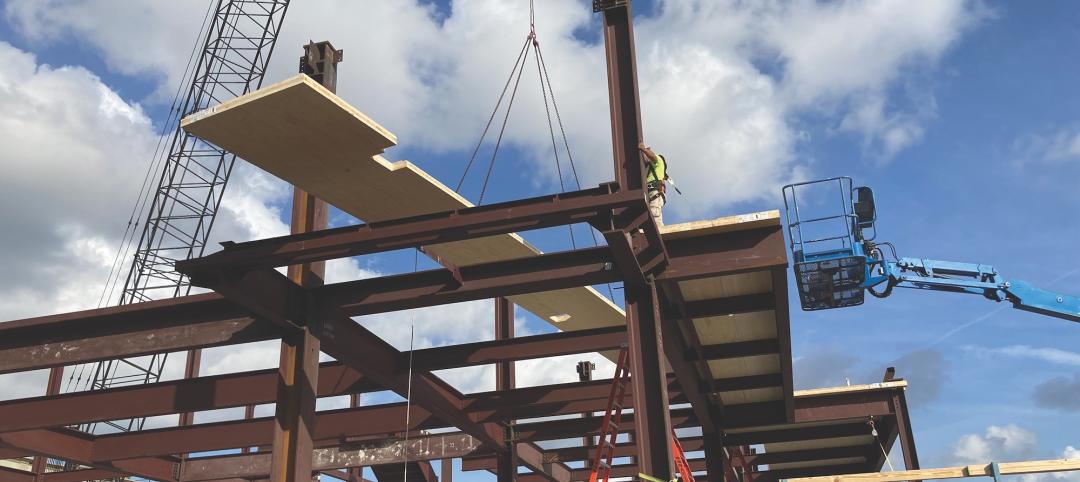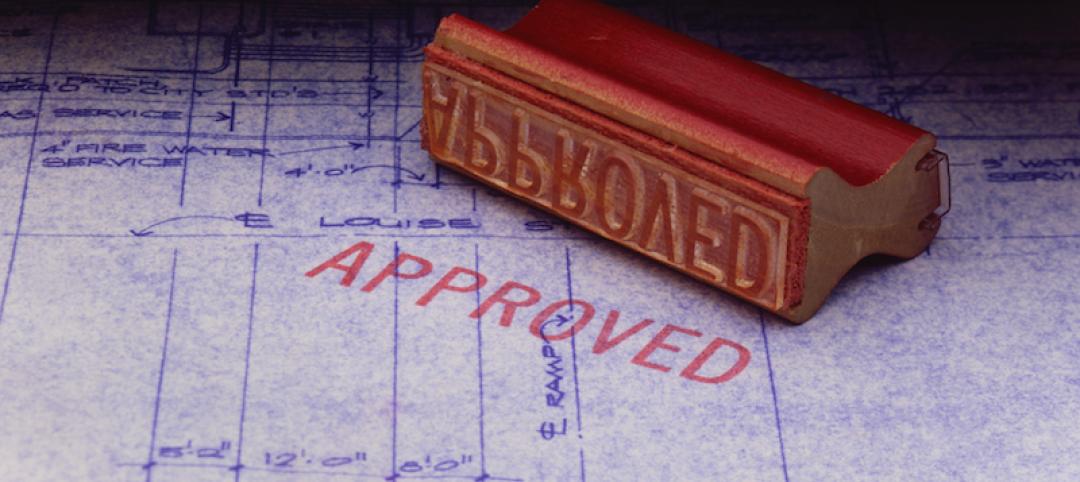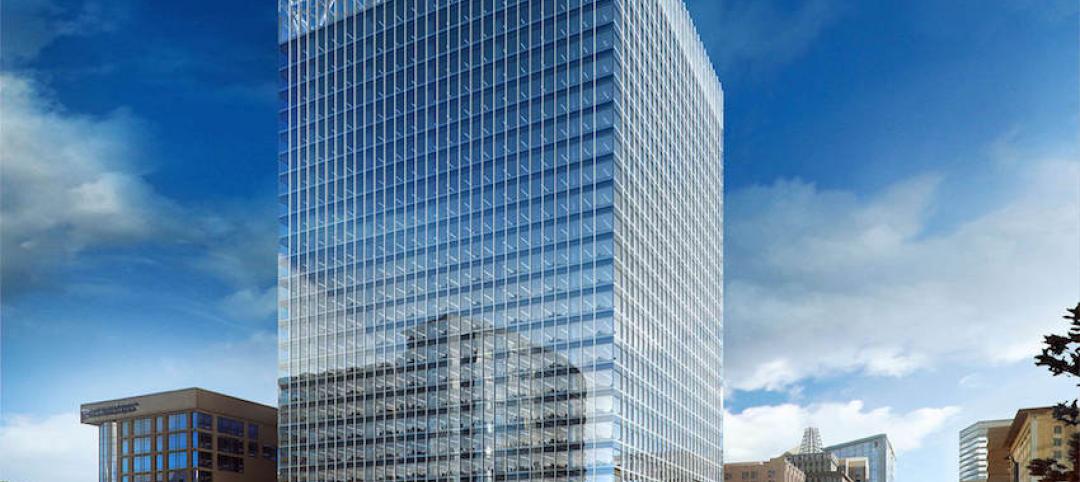ASTM International recently released changes to E2026 Standard Guide and E2557 Standard Practice, industry standards for assessing seismic risk to buildings.
The changes are expected to improve the consistency of the evaluation of seismic risks for commercial real estate transactions. Among the changes are:
- New definitions
- Better defined criteria for consultant qualifications for performing the work
- Requirement for more detailed calculations
- Review of plans and analysis of site seismicity for higher level assessments
The biggest impact to commercial real estate due diligence pertains to changes in consultant qualification criteria. The revised standard requires that a consultant performing the analysis must be a licensed civil or structural engineer with at least 10 years of general structural engineering, at least 5 years of experience in seismic design and analysis of buildings, and at least 3 years of seismic risk assessment of buildings.
Related Stories
Sponsored | Steel Buildings | Nov 7, 2022
Steel structures offer faster path to climate benefits
Faster delivery of buildings isn’t always associated with sustainability benefits or long-term value, but things are changing. An instructive case is in the development of steel structures that not only allow speedier erection times, but also can reduce embodied carbon and create durable, highly resilient building approaches.
Data Centers | Oct 31, 2022
Data center construction facing record-breaking inflation, delays
Data center construction projects face record-breaking inflation amid delays to materials deliveries and competition for skilled labor, according to research from global professional services company Turner & Townsend.
Sponsored | BD+C University Course | Oct 15, 2021
7 game-changing trends in structural engineering
Here are seven key areas where innovation in structural engineering is driving evolution.
Seismic Design | Mar 31, 2021
Vancouver’s building codes may underplay seismic hazard
Vancouver, Canada’s third largest metropolitan area, has the country’s highest seismic risk.
Sponsored | Building Team | Jun 20, 2017
Plan ahead when building in the west
Getting a project through plan review can be an unusually long process, anywhere from six months to two years.
Seismic Design | Jul 28, 2016
Risk of man-made earthquakes now factor in seismic hazard analysis
Significant risk increases seen in some areas of the U.S.
Concrete | Jul 20, 2016
Arup ensures Mexico City concrete skyscraper can withstand seismic activity
Double-V hangers and irregularly spaced gaps allow the structure to bend.
Seismic Design | Jul 5, 2016
How design mitigates environmental stressors
For employees, certain design strategies can lessen stress, improve health, and promote a greater sense of community connectivity, writes Perkins+Will project manager Jon Penndorf.
Seismic Design | Apr 20, 2016
Carbon fiber strings make Japanese office building earthquake resistant
Kengo Kuma developed the rods, which are stronger and lighter than iron.
High-rise Construction | Mar 28, 2016
SOM’s Salt Lake City skyscraper uses innovative structural system to suspend itself over a neighboring building
The hat truss-supported office tower was topped off in January, rising 25 stories above the Salt Lake City streets.

















